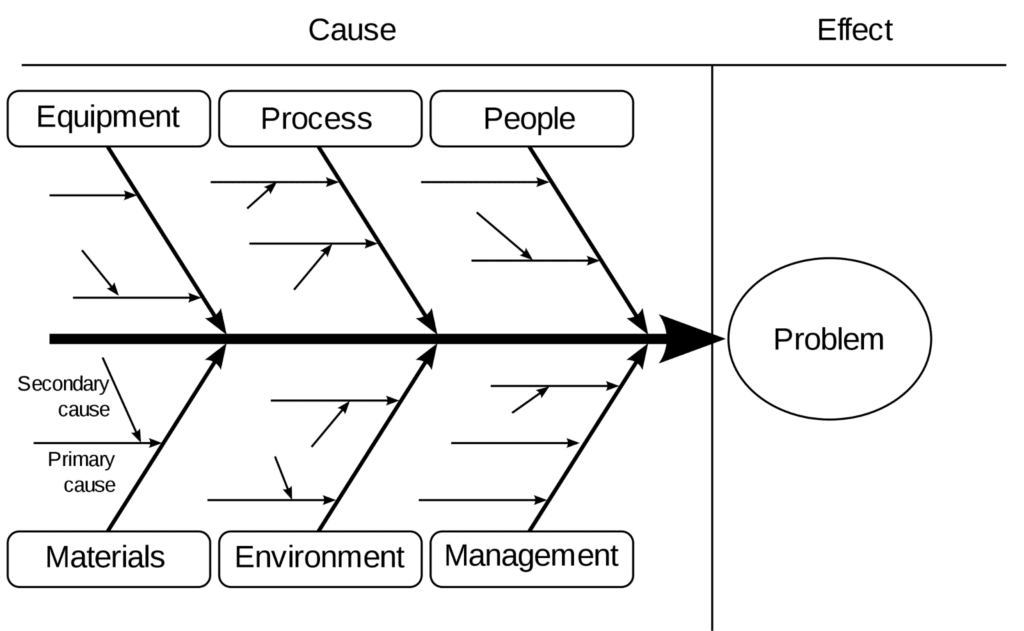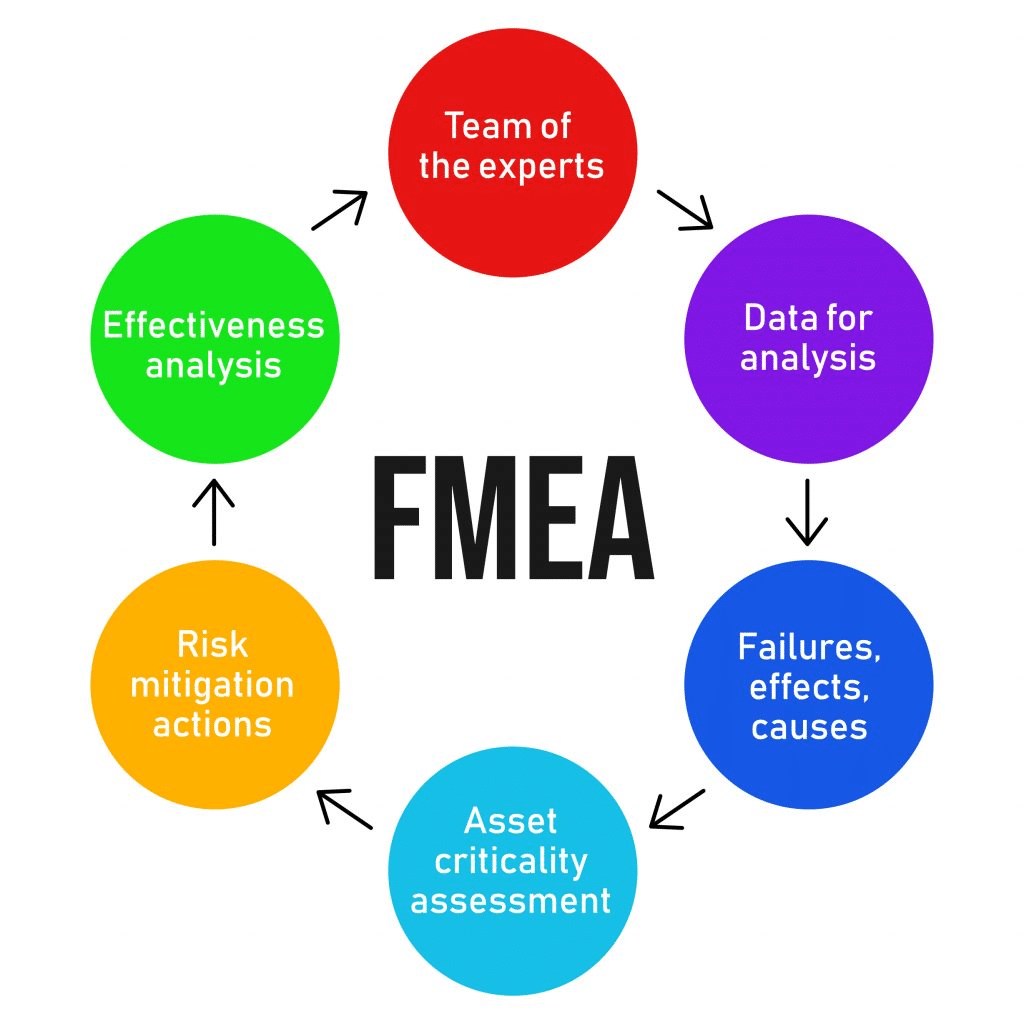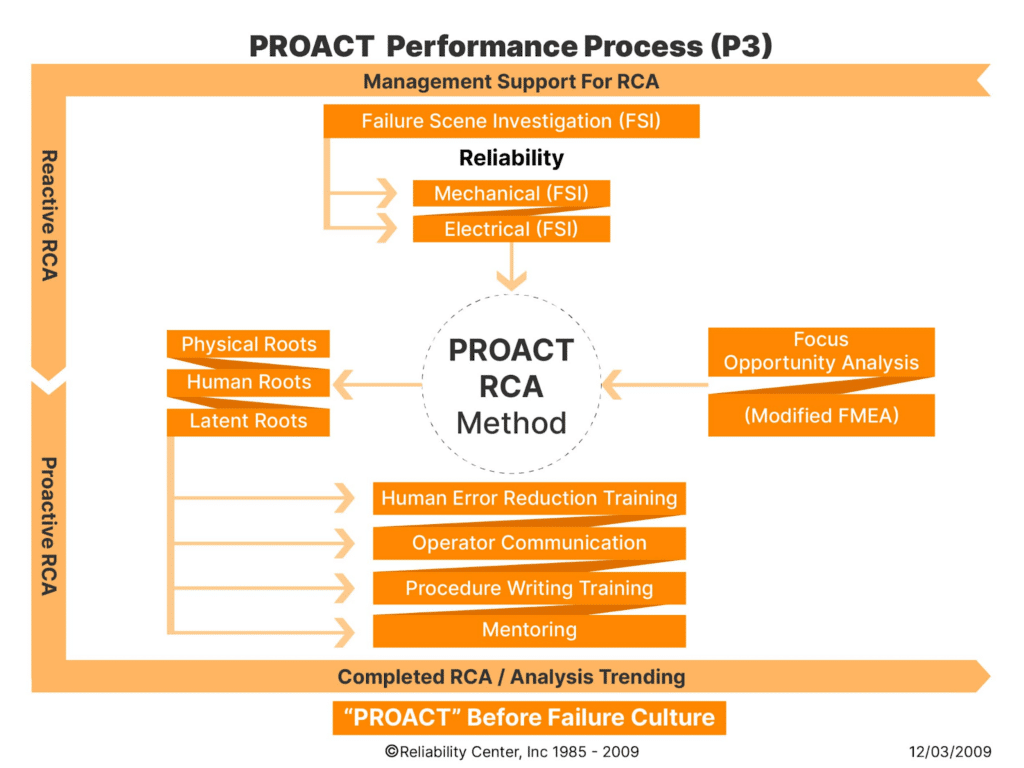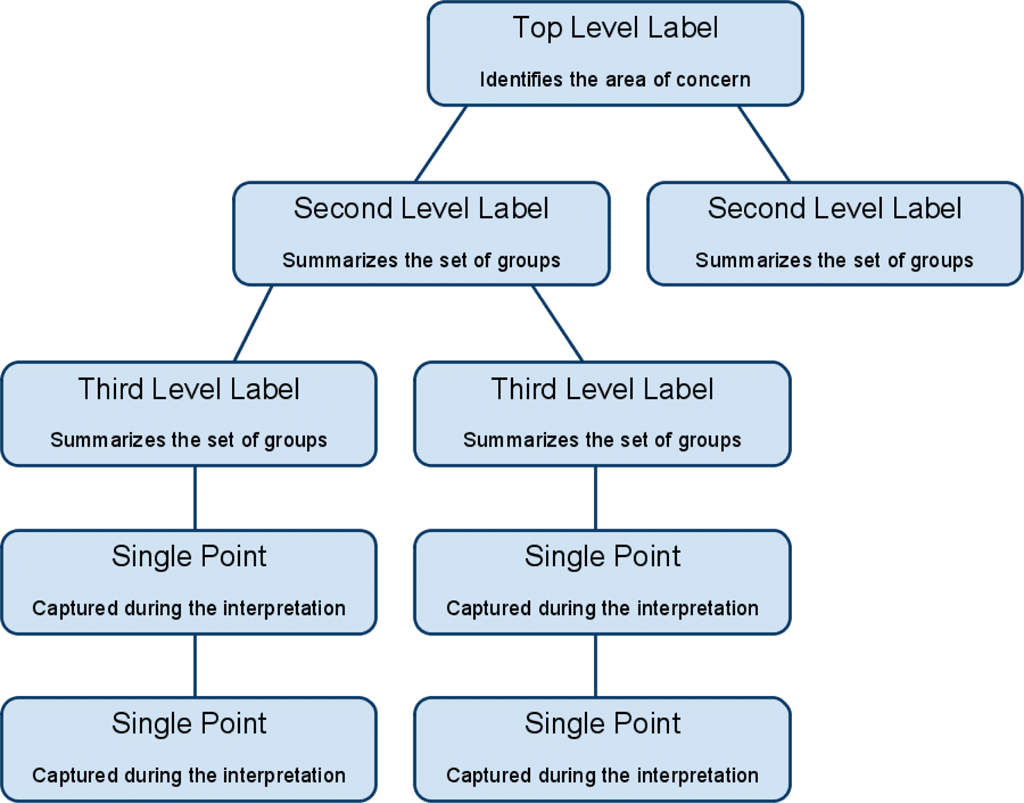7 Powerful Root Cause Analysis Tools and Techniques
With over two decades in business – spanning strategy consulting, tech startups and executive leadership – I am committed to helping your organization thrive.
At Reliability, we’re on a mission to help enhance strategic decision-making and operational excellence through the power of Root Cause Analysis, and I hope this article will be helpful!
Our goal is to help you better understand these root cause analysis techniques by offering insights and practical tips based on years of experience. Whether you’re new to doing RCAs or a seasoned pro, we trust this will be useful in your journey towards working hard and working smart.
Root Cause Analysis (RCA) shines as a pivotal process that helps organizations identify the underlying reasons for problems, failures, and inefficiencies. The goal is simple: find the cause, fix it, and prevent it from happening again. But the process can be complex, and that’s where various RCA techniques come into play.
Let’s dive into seven widely utilized RCA techniques and explore how they can empower your team’s problem-solving efforts.
1. The Ishikawa Fishbone Diagram (IFD)
Named after Japanese quality control statistician Kaoru Ishikawa, the Fishbone Diagram is a visual tool designed for group discussions. It helps teams track back to the potential root causes of a problem by sorting and relating them in a structured way. The diagram resembles a fishbone, with the problem at the head and the causes branching off the spine like bones. This visualization aids in categorizing potential causes and studying their complex interrelationships.

2. Pareto Chart
The Pareto Chart, rooted in the Pareto Principle, is a visual tool that helps teams identify the most significant factors in a set of data. In most situations, 80% of problems can be traced back to about 20% of causes. By arranging bar heights from tallest to shortest, teams can prioritize the most significant factors and focus their improvement efforts where they can have the most impact.
3. 5 Whys
The 5 Whys method is the epitome of simplicity in getting to the bottom of a problem. By repeatedly asking ‘why’ (typically five times), you can delve beneath the surface-level symptoms of a problem to unearth the root cause. This iterative interrogation is most effective when answers are grounded in factual evidence.

4. Failure Mode and Effects Analysis (FMEA)
When prevention is better than cure, Failure Mode and Effects Analysis (FMEA) steps in. This systematic, proactive method helps teams identify where and how a process might fail. By predicting and examining potential process breakdowns and their impacts, teams can rectify issues before they turn into failures. FMEA is a three-step process that involves identifying potential failures, analyzing their effects, and prioritizing them based on severity, occurrence, and detection ratings.

5. PROACT® RCA Method
The PROACT® RCA technique is a robust process designed to drive significant business results. Notably used to identify and analyze ‘chronic failures,’ which can otherwise be overlooked, this method is defined by its name:
PReserving Evidence and Acquiring Data: Initial evidence collection step based on the 5-P’s – Parts, Position, People, Paper, and Paradigms.
Order Your Analysis Team and Assign Resources: Assembling an unbiased team to analyze a specific failure.
Analyze the Event: Reconstructing the event using a logic tree to identify Physical, Human, and Latent Root Causes.
Communicate Findings and Recommendations: Developing and implementing solutions to prevent root cause recurrence.
Track and Measure Impact for Bottom Line Results: Tracking the success of implemented recommendations and correlating the RCA’s effectiveness with ROI.
PROACT® RCA excels in mitigating risk, optimizing cost, and boosting performance, making it a valuable addition to any RCA toolkit.

6. Affinity Diagram
The Affinity Diagram is a powerful tool for dealing with large amounts of data. It organizes a broad range of information into groups based on their natural relationships, creating a clear, visual representation of complex situations. It’s particularly beneficial for condensing feedback from brainstorming sessions into manageable categories, fostering a better understanding of the broader picture.

7. Fault Tree Analysis (FTA)
Fault Tree Analysis (FTA) is a top-down, deductive failure analysis that explores the causes of faults or problems. It involves graphically mapping multiple causal chains to track back to possible root causes, using a tree-like diagram. FTA is particularly useful in high-risk industries, such as aerospace and nuclear power, where preventing failure is crucial.

Each RCA technique provides a unique approach for viewing and understanding problems, helping you pinpoint the root cause more effectively. The key is to understand when and how to use each tool, which can significantly enhance your team’s problem-solving capabilities.
Power up your RCA analysis with our EasyRCA and revolutionize your problem-solving process. Start Your Free Trial.
| Technique | Key Advantage | Ideal Usage |
| Ishikawa Fishbone Diagram | Visual representation of complex relationships | When there are many possible causes to a problem |
| Pareto Chart | Prioritizes problem areas based on impact | When trying to identify the most significant causes |
| 5 Whys | Simple, iterative problem-solving technique | When the problem is straightforward and the solution is not immediately apparent |
| FMEA | Proactive, preventative approach | When addressing complex processes that could lead to serious consequences if failed |
| PROACT® RCA Method | Comprehensive, result-driven approach | When dealing with chronic, recurrent failures |
| Affinity Diagram | Groups large data into manageable categories | When trying to find patterns and connections in large amounts of data |
| Fault Tree Analysis (FTA) | Visual mapping of causal chains | When working in high-risk industries where prevention is crucial |
In conclusion, the techniques presented offer a diverse set of tools to help organizations address problems and inefficiencies effectively. From visual representations like the Ishikawa Fishbone Diagram and Pareto Chart to more proactive approaches such as the 5 Whys and Failure Mode and Effects Analysis (FMEA), each technique provides a unique perspective on identifying and mitigating root causes.
The PROACT® RCA Method stands out for its comprehensive process, particularly suited for chronic failures. Additionally, the Affinity Diagram and Fault Tree Analysis (FTA) contribute valuable insights by organizing data and exploring causal chains, respectively. Leveraging these techniques strategically enhances a team’s problem-solving capabilities, enabling them to make informed decisions and drive continuous improvement.
I hope you found these 7 techniques insightful and actionable! Stay tuned for more thought-provoking articles as we continue to share our knowledge. Success is rooted in a thorough understanding and consistent application, and we hope this article was a step in unlocking the full potential of Root Cause Analysis for your organization.
Reliability runs initiatives such as an online learning center focused on the proprietary PROACT® RCA methodology and EasyRCA.com software. For additional resources, visit our Reliability Resources.
Recent Posts
Post-Incident Analysis for Enhanced Reliability
How To Conduct Incident Analysis?
The Role of Artificial Intelligence in Reliability Engineering
Ultimate Guide to Swiss Cheese Model and Its Applications
Tags
Root Cause Analysis Software
Our RCA software mobilizes your team to complete standardized RCA’s while giving you the enterprise-wide data you need to increase asset performance and keep your team safe.
Get Free Team Trial
Root Cause Analysis Training
Your team needs a common methodology and plan to execute effective RCA's. With both in-person and on-demand options, our expert trainers will align and equip your team to complete RCA's better and faster.
View RCA Courses
Reliability's root cause analysis training and RCA software can quickly help your team capture ROI, increase asset uptime, and ensure safety.
Contact us for more information:

